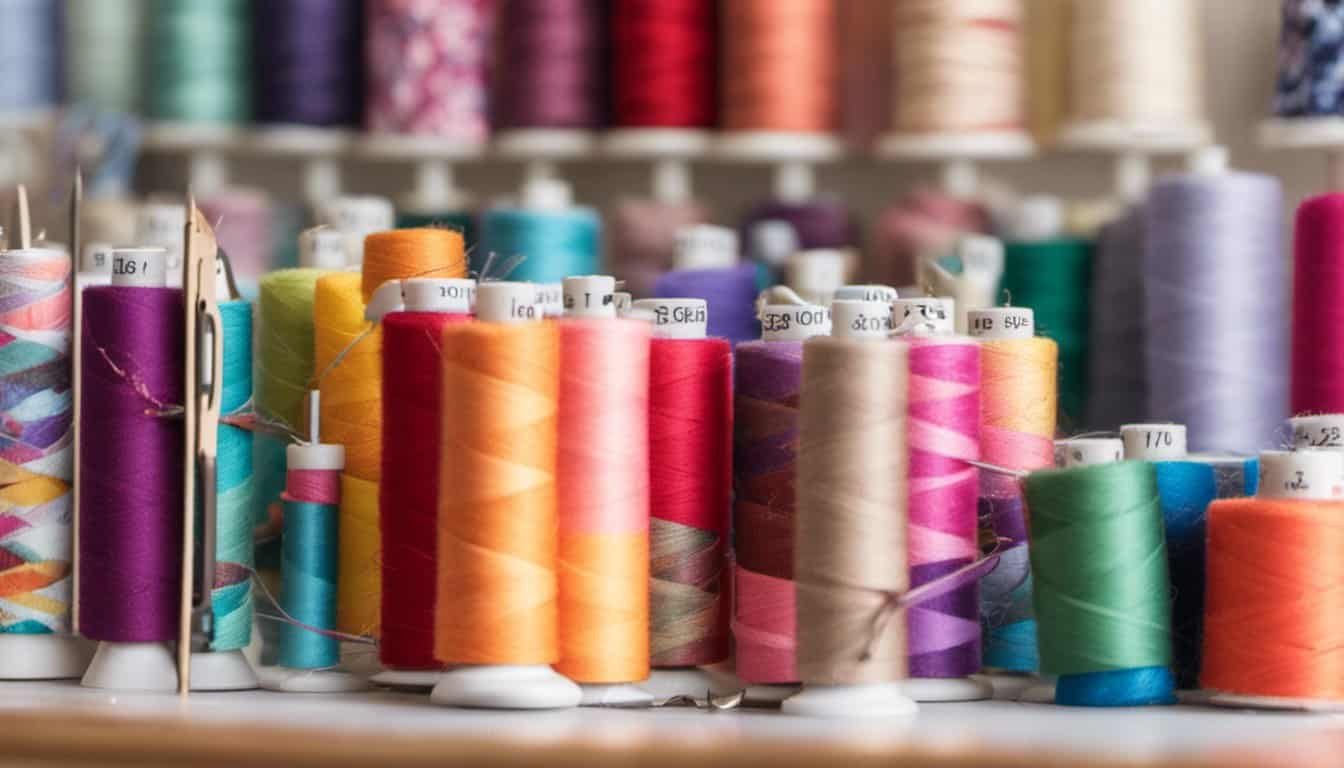I love giving new life to my favorite clothes, and sewing a patch by hand is one of my favorite ways to do it. Whether you’re fixing a tear or adding a unique touch, it’s a simple skill anyone can learn.
Choosing the Right Patch
Selecting the perfect patch ensures your project looks great and lasts long. I consider various factors when choosing the right patch for my fabric.
Types of Patches
- Iron-on Patches: Easy to apply with heat, ideal for quick fixes.
- Embroidered Patches: Feature detailed designs, perfect for personalized touches.
- Woven Patches: Offer intricate patterns, suitable for durable applications.
- PVC Patches: Made of durable plastic, great for outdoor gear.
- Leather Patches: Add a rugged look, ideal for jackets and bags.
Selecting Fabric
- Compatible Materials: Match patch fabric with the garment for seamless integration.
- Durability Needs: Choose sturdy fabrics for high-wear items like jeans or backpacks.
- Color Coordination: Select colors that complement or contrast your fabric for desired effect.
- Texture Matching: Ensure patch texture aligns with the garment for a cohesive appearance.
- Size Appropriateness: Pick a patch size that fits the repair area without overwhelming the design.
Preparing the Fabric
Before sewing a patch, proper fabric preparation ensures a secure and lasting bond. Follow these steps to ready your garment.
Cleaning the Area
I start by washing the fabric to remove dirt and oils, which helps the patch adhere better. Using a mild detergent, I gently scrub the area where the patch will be applied. After cleaning, I let the fabric dry completely to prevent moisture from affecting the stitching.
Positioning the Patch
Next, I carefully place the patch over the cleaned area to determine its exact position. I pin the patch in place, ensuring it’s centered and aligned properly. Once satisfied with the placement, I double-check the alignment before beginning to sew, guaranteeing a neat and professional finish.
Sewing Techniques
I rely on specific sewing techniques to ensure patches are securely and neatly attached to fabric.
Hand Stitch Methods
Selecting the right stitch is crucial for durability and appearance:
- Running Stitch: Provides a simple, quick attachment with evenly spaced stitches, ideal for lightweight fabrics.
- Backstitch: Offers extra strength with closely spaced stitches, perfect for areas subjected to stress.
- Satin Stitch: Creates smooth, dense stitches that cover the patch edges, enhancing durability and preventing fraying.
- Whip Stitch: Wraps thread around the patch edge, securing it firmly and giving a decorative finish.
Each method suits different fabric types and patch applications, allowing customization based on specific needs.
Securing the Patch
Properly securing the patch ensures it stays in place during sewing:
- Pin the Patch: Align the patch accurately on the fabric and use pins to hold it steady.
- Use Fabric Glue: Apply a thin layer of fabric glue to the back of the patch before positioning it.
- Stabilize with Tape: Utilize fabric tape to prevent the patch from shifting while you sew.
These steps maintain the patch’s placement, resulting in a professional and lasting finish.
Finishing the Patch
Securing the patch properly ensures durability and a clean appearance.
Trimming and Pressing
Remove excess threads by cutting them close to the fabric to prevent unraveling. Trim the patch edges to align seamlessly with the garment, ensuring a polished look. Press the patch with an iron set to the appropriate temperature, applying steady pressure. This flattens stitches, smooths the fabric, and strengthens the adhesion, finalizing the patch securely.
Tips for Durability
- Use Strong Thread: Opt for polyester or nylon thread, known for their durability and resistance to breaking.
- Reinforce Edges: Sew multiple rows around the patch edges to prevent fraying and ensure a long-lasting hold.
- Choose Appropriate Stitching Technique: Select stitches like backstitch or satin stitch for added strength and longevity.
- Pre-wash Materials: Wash both the garment and the patch before sewing to eliminate residues and allow fabrics to shrink, preventing future distortion.
- Secure the Backing: Apply fabric glue or use sturdy stitching on the backside to keep the patch firmly in place during wear and washing.
- Avoid Overstretching Fabric: Maintain the garment’s integrity by sewing the patch without stretching the fabric, ensuring it remains flat and secure.
- Trim Excess Threads: Cut threads close to the fabric to reduce the risk of unraveling and maintain a neat appearance.
Conclusion
Sewing a patch by hand has been such a rewarding experience for me. It’s amazing how a simple patch can breathe new life into a favorite garment. I love the personal touches it adds and the stories each patch can tell.
If you haven’t tried it yet give it a go. It’s a fun way to express your creativity and make your clothes uniquely yours. Happy sewing!


















